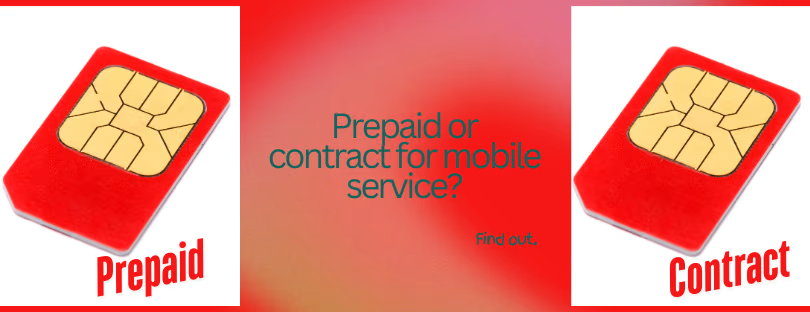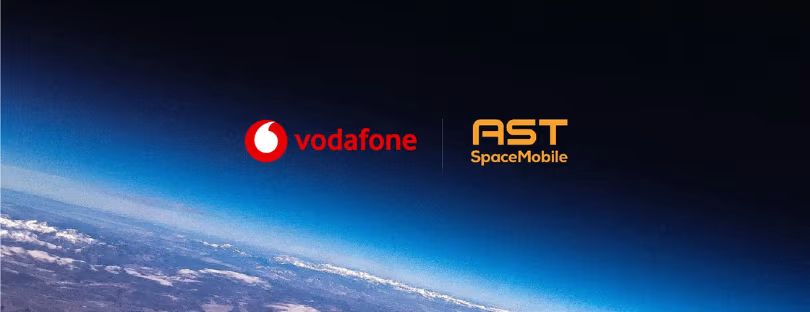
OpenSignal compares 5G speed in US, Switzerland, Korea, Australia, Italy, Spain and UK
The latest Opensignal report revealed the 5G speed in countries such as the United States, Switzerland, South Korea, Australia, UAE, Italy, Spain and the UK.
People around the world are accessing the internet with mobile devices. The number of connected devices is soaring. Soon machines will be communicating with each other in the Internet of Things.
How fast is 5G?
5G will substantially improve the mobile internet. LTE is currently the fastest mobile technology available, supporting peak data rates of up to 300 megabits per second (Mbit/s). Even after the introduction of 5G LTE will still be available for consumers.
Speed is the benchmark for wireless network performance. Also known as bandwidth, data transfer rate, data rate, or connection speed, it refers to the amount of digital data exchanged between two devices via a specific channel in a given period.
Network speed is generally measured in bits per second (bit/s). Bit stands for binary digit. With the larger volumes of data supported by 5G speeds, data transfer rates are expressed in kilobits (kbit/s), megabits (Mbit/s), and, in future, even gigabits (Gbit/s) or terabits (Tbit/s).
5G smartphone users are experiencing maximum download speed of 1815 Mbps in the United States. The 1815 Mbps on 5G network is approximately three times as fast as 4G users’ maximum speed.
Just how fast 10 Gbit/s really is can be demonstrated by a simple example. A user takes around 13 minutes to download the content of a DVD (4.7 GB) over a DSL line with a bandwidth of 50 Mbit/s. A 5G-enabled smartphone or laptop could download the content of an entire DVD over a mobile 5G data link in just four seconds in the best-case scenario.
5G technology involves more than just speed though. Availability and reliability are other decisive factors.
Users in Switzerland are experiencing data speed of 1145 Mbps on 5G network and South Korea’s 5G users are getting maximum speed of 1071 Mbps.
5G download speed was 792 Mbps in Australia, 665 Mbps in the UAE, 657 Mbps in Italy, 602 Mbps in Spain and 569 Mbps in UK.
For comparison, 4G download speed was 678 Mbps in the United States, 443 Mbps in Switzerland, 619 Mbps in South Korea, 950 Mbps in Australia, 292 Mbps in the UAE, 428 Mbps in Italy, 596 Mbps in Spain and 441 Mbps in UK.
It’s not surprising to see that the current 5G maximum speed is so much greater in the US, because operators there are already able to use mmWave spectrum for 5G. The mmWave spectrum offers extremely high capacity and extreme speed but has very limited coverage compared with the 3.4-3.8 GHz 5G mid band spectrum typically used in most of the other countries.
Opensignal expects 5G maximum speeds to continue to increase as 5G network operators expand their reach. There are few 5G services currently using 5G’s ideal 100 MHz channel size.
The reaction time between the human eye and the brain is around ten milliseconds. With a latency of one millisecond, real communication between connected machines and devices becomes feasible for the first time, for instance in Industry 4.0 or in medicine.
While virtual reality may be feasible with LTE, the potential of 5G and Edge Computing takes VR to a new, more impressive level.
Connectivity based on 5G is becoming an important component in digitization of the industry. With the provision of virtual network slices, mobile robots can also be deployed flexibly and efficiently in economic production to meet specific requirements.
Data communication in real time based on 5G speeds will play a key role in many use cases in future.








